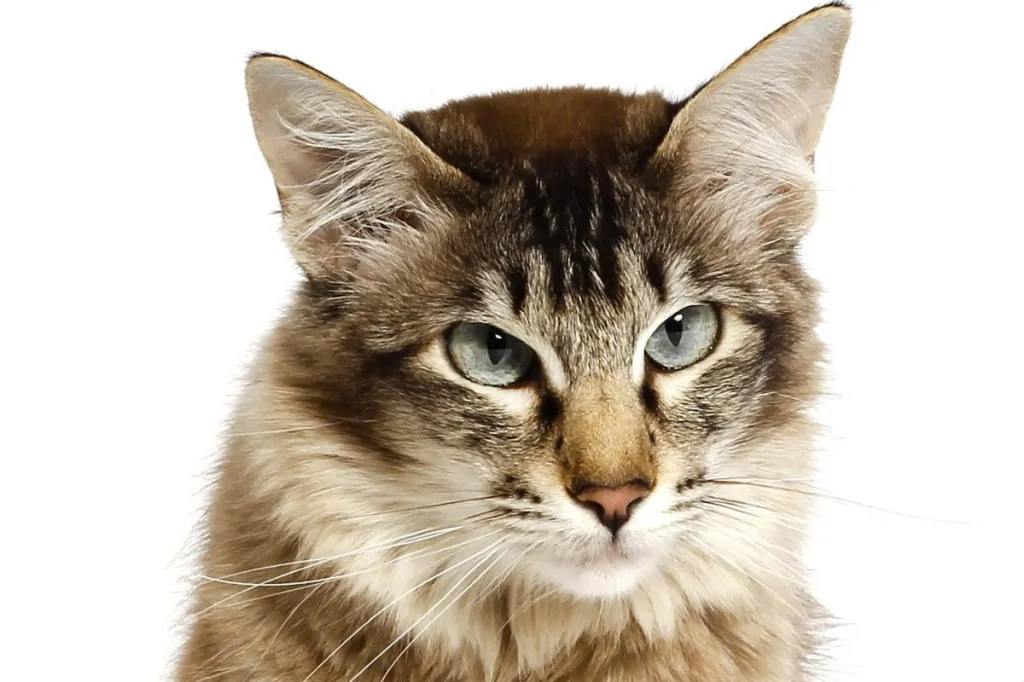A true gem among feline breeds, the Javanese cat breed enchants with their distinctive looks and endearing personality. Though originally from North America, this cat breed traces their roots back to the graceful Siamese, sharing a close kinship with the elegant Balinese. The breed’s moniker pays homage to the Indonesian island of Java, a fitting tribute to its Balinese…

An orange tabby named Calcifer stars in a cozy Instagram Reel from the account @calcifer.cat. His human croons a soft,…




